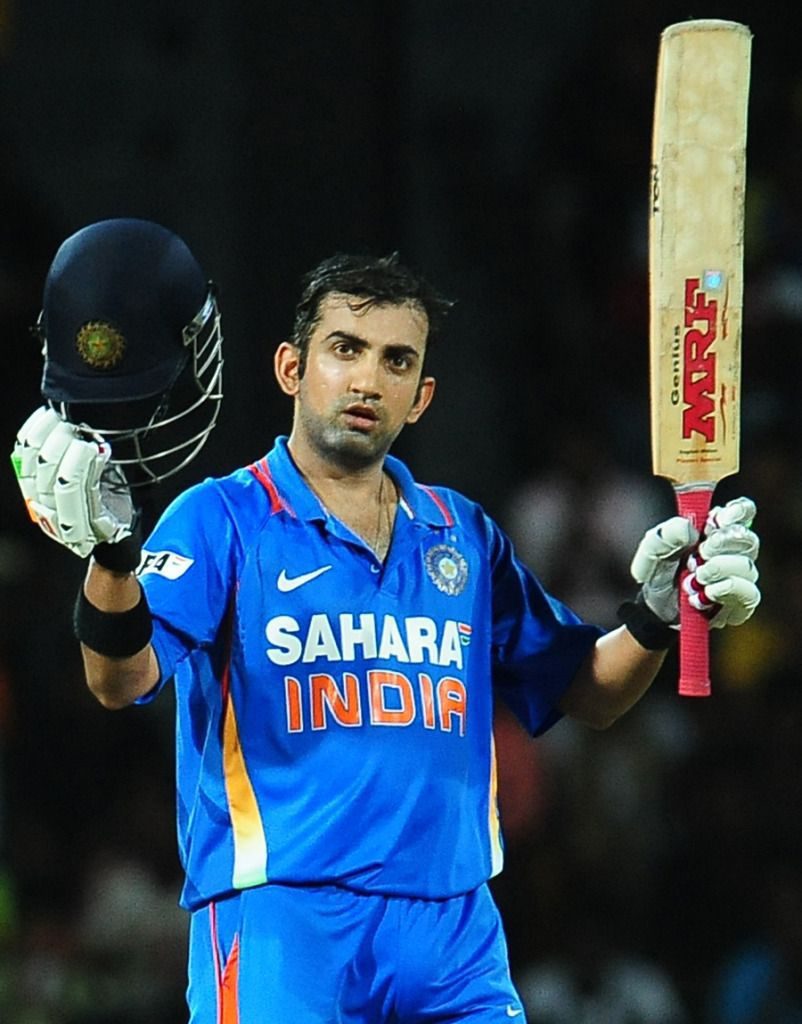इंडिया और ऑस्ट्रेलिया का मैच जो सेमी फाइनल का पहला मैच था जो भी टीम जीतती है वो फाइनल खेलती है, यह मैच बहुत ही रोचक रहा, इस मैच में सभी खुलड़ियों का पर्दशन बेहद शानदार रहा और यह मैच हम सभी के लिए यादगार बन गया।
इस मैच को जितने के बाद हमारे जो जख्म थे अब कुछ काम हुए है शायद क्युकी हर ज्यादातर हम नाक आउट मैच में ऑस्ट्रेलिया से ही हारे है।
और हमारा 2023 का वर्ल्ड कप का फाइनल मैच हम भूल ही नहीं प रहे थे, हर बार हमे वर्ल्ड कप के मैच याद आते है जैसे ही ऑस्ट्रेलिया हमारे सामने आती है, पाकिस्तान से हारना फिर भी एक बार सह पाए लेकिन ऑस्ट्रेलिया से हारना अब बर्दास्त ही नहीं हो रहा था।
इस बार भी चैम्पीयन ट्रॉफी में इंडिया और ऑस्ट्रेलिया का आमना सामना सेमी फाइनल में हुआ जो हमे कई बार रुला चुकी है जिसकी वजह से वो दर्द बढ़त ही जाता है जब भी ऑस्ट्रेलिया हमारे सामने आती है। हम सभी के भीतर डर का माहौल बन जाता है, लेकिन इस बार हम बेखौफ थे, इस बार हम ऑस्ट्रेलिया को रौंदना चाहते थे, और बिल्कुल वैसा ही हुआ जैसा हमने चाहा
लेकिन इस बार हम हर एक डिपार्ट्मन्ट में बेहतर थे, चाहे वो हमारी बेटिंग हो, फील्डिंग हो या या फिर हमारी बोलिंग ही क्यू न हो, हम पूरी मेहनत के साथ आगे बढ़कर यह तक पहुचे थे।
इस बार हम ऑस्ट्रेलिया को जितने नहीं देना चाहते थे लेकिन हमारे मन में बहुत घबराहट थी, पिछला जो मैच था हमारा न्यूज़ीलैंड के साथ हम सभी फेन्स तो यही चाह रहे थे की हम हार जाए और ऑस्ट्रेलिया हमारे सामने ही नहीं आए।
लेकिन इस बार होनी को कुछ ओर ही मंजूर था हमारे जख्मों को मरहम लगाने का वक्त थे कल का हम ऑस्ट्रेलिया से मैच जीत अपने आपको खुश देखना चाहते थे। और वही हुआ हमने ऑस्ट्रेलिया को हरा दिया।
हर और जीत का जश्न था, जीत की खुशी लहर थी हर और जो हमारे भीतर दौड़ रही थी।
यह भी पढे: क्रिकेट, भारत और पाकिस्तान, वर्ल्ड कप 2019,



